
Qazvin County (Persian: شهرستان قزوین) is a county in Qazvin Province in Iran. The capital of the county is Qazvin. At the 2006 census, its population was 99,841, in 24,971 families.
The county consists of five districts: Central District, Tarom Sofla District, Alamut-e Gh... More
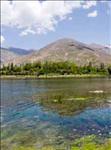
rs of Qazvin, only 10 remain today, all protected by the Provincial Cultural Heritage Organization.
In recent decades, Qazvin has become a developing pole of the country, primarily due to its preferable location. Qazvin today is a center of textile trade, including cotton... More
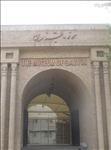
... More
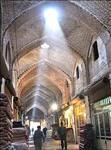
... More
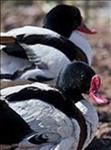
... More
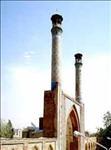
ue Of Qazvin ( Masjid-e-Jameh Atiq Qazvin) is one of the oldest mosques in Iran, and is the grand, congregational mosque (Jameh Mosque) of Qazvin, in Qazvin Province, Iran.
The oldest part of the mosque is said to have been constructed by the orders of Harun al-Rash... More
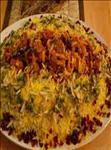
... More
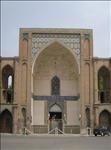
Qazvin contains few buildings from the Safavid era, when it was capital of Persia. Perhaps the most famous of the surviving edifices is the Ali Qapu mansion, today a museum in central Qazvin.
... More
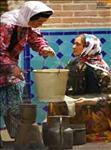
ty of Qazvin are Persians and the main Language of the people of Qazvin is Persian Language with the Qazvini accent.
Other languages include Tati-Persian (in Takestan), Kurdish, Persian, Luri, Romani.
Reference: wikipedia.org... More
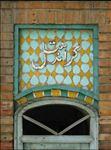
otel, Qazvin was a hotel built in 1922 in Qazvin, Iran construcuted in the Pahlavi era under the governorship of Saad ad-Daula.
It was built in the western wing of Chehel Sotun Palace, by the well-known architect of Qazvin, Ostad (Master) Ali July.
This building is one of ... More
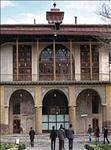
ra in Qazvin are the gardens.
Now after many years, the palace of Chehel or pavilion of the most valuable monuments of Qazvin, Qazvin capital of the Safavid period and memorabilia from the Safavid period is considered.
Reference:
http://Qazvin.irib.ir/index.php?option=... More

er in Qazvin, in "Shahrood" means big river.
Other rivers in Qazvin has a relatively small catchment areas in the North, West and South Qazvin flow. The river branches and main rivers are not leading but each one separately after traveling in Qazvin and eventually eli... More
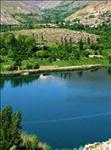
st of Qazvin. Tehran-Qazvin Qazvin freeway entrance and in terms of the local people, get to the loneliest stretch, your right hand side you can see into the ravine.
Qazvin and Alamut track the path of prairie and of course the spectacular and rugged mountains and is... More
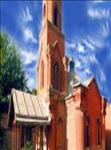
an in Qazvin city. In constitutional time an area called Cantor was dedicated to Russians where they had settled their offices.
The church was built by a Russian Road construction company in this area.
Like other churches it has cruciform plan. The materials used in this building are, b... More
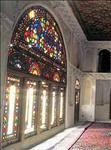
od of Qazvin, Iran. Built in 1858, it comprises 16 interconnected structures, constructed by a merchant called, Haj Mohammad Reza Amini.
The public mourning area or Hosseinieh consists of three parallel halls running in an east to west direction with wooden sash windows that are inter li... More

Alamut was a mountain fortress in the central Alborz Mountains south of the Caspian Sea of Daylam near the Rudbar region in Iran, approximately 100 km (60 mi) from present-day Tehran.
Only ruins remain of this fortress today. The name means "Eagle's Nest".
The region’s greatest attraction is t... More
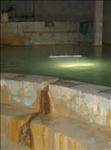
... More
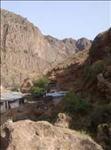
... More
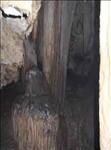
... More
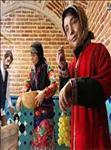
... More